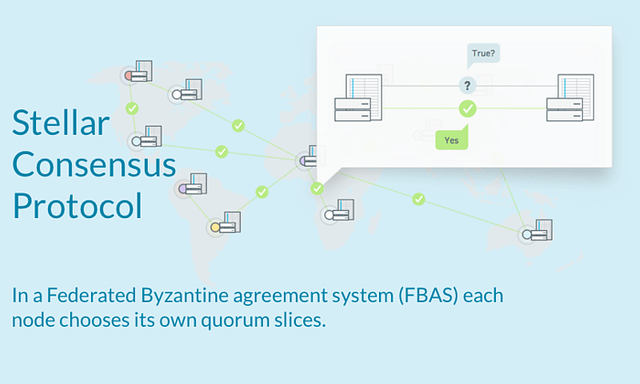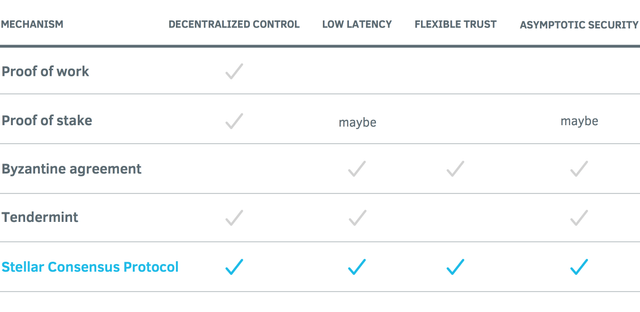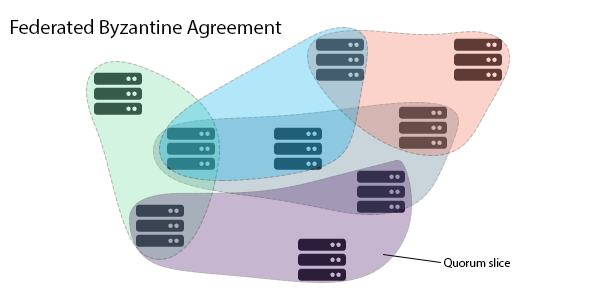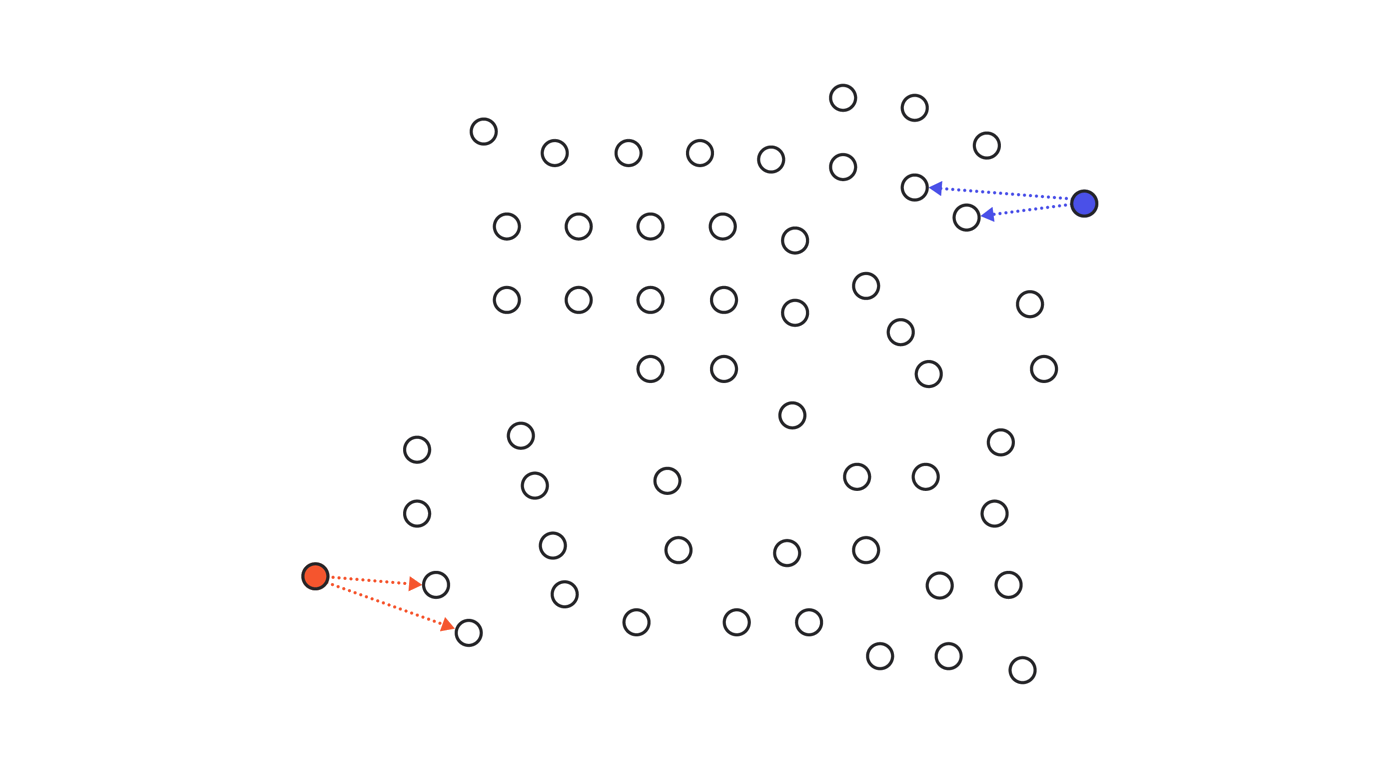SteemitCryptoAcademy: Consensus Algorithms @ alphafx [Stellar Consensus Protocol]
Hello everyone, @ben-edom (Benjamin) is here again, and today, I attended a class by @alphafx on "consensus algorithm" and I learnt a lot from the class about the consensus algorithms available on the blockchain network. At the end of the class, an assignment was given, and I will be a part of it. For the assignment, I will be writing on Stellar Consensus Protocol.
Introduction
Decentralization in networks is not complete unless there is a consensus as nodes need to come to an agreement thereby allowing the network rum properly. There are several consensus protocols used by several cryptocurrency blockchain which includes Proof of Work (BTC and ETH), Proof of Stake (Peercoin, ADA, NXT, etc), Delegated Proof of Stake (Tron, Steem, BTS, EOS,etc), and so on, but in this case, I will be looking into Stellar Consensus Protocol (SPC).
Stellar Consensus Protocol
Introduced in 2015, the Stellar Consensus Protocol is a Decentralized Federated Byzantine agreement system in which anyone can be a part of its validation, governance and decision-making. The Protocol allows for a leaderless computing network thereby allowing no single entity or centralized decision on the network.
Let me explain this further. One of the famous consensus algorithm is the Proof of work (Bitcoin). The Proof work consensus requires large resources to mine or validate transactions as well as it give incentives to miners who can mine blocks. With this, there are two problems;
- Consumption of Electricity as it requires high large computing hardwares that consumes energy.
- The incentives will only be given to miners with money/capital to purchase hardwares which will be used for mining.
Asides from Proof of work, there is the Proof of Stake where validators Stake tokens as collateral before validating. With this, users just have to stake to get rewards while validating giving people with more Stake the right to validate as well as giving the "nothing to lose" attitude with the hope that the stakes can be removed after making profit on stake.
Federated Byzantine Agreement
The Byzantine Fault Tolerance (BFT) is a consensus whereby validators use a voting process where if 66% of the validators agree on a new ledger, then it is validated. With this, consensus can be faster and cheaper but then it is centralized as there is only one recommended validator list meaning not anyone can be a validator unless being added to the list.
Federated Byzantine Agreement (FBA)or Stellar Consensus Protocol can be understood easily by margin the functions of Decentralized Proof of Work and Centralized Byzantine Fault Tolerance together but in a decentralized way. With FBA unlike BFT, there is no recommended validator list by a central authority, instead a valodator can recommend another trusted validator leading to the Quorums and Quorums slice.
Quorums and Quorum Slice
This are a peer of trusted nodes which which convey information to other nodes. This doesn't mean that the nodes are centralized as anyone can become a validator and anyone can add nodes to their Quorum Slice to form a Quorum. In the network, free nodes can be added to your Quorum Slice while non-free nodes will not be added. As more nodes are added (open membership), there is more decentralization.
Advantages of Stellar Consensus Protocol
- SCP is focused on safety and Fault Tolerance which makes the network safe.
- Transactions are fast up to 5 seconds.
- Decentralized method of validation with no one getting more rewards than the other.
Conclusion
Stellar Consensus Protocol is a better consensus algorithm to the Proof of work and proof of Stake. Although very little blockchain projects and coins run on the Stellar Consensus Protocol, it is no doubt secured, fast and cheap while making sure that any one can participate in validating ledgers. Thanks to @alphafx for the opportunity to be a part of this class, I was able to learn more while doing this assignment.




work satisfactorily done, see you next time
Thanks for participating